
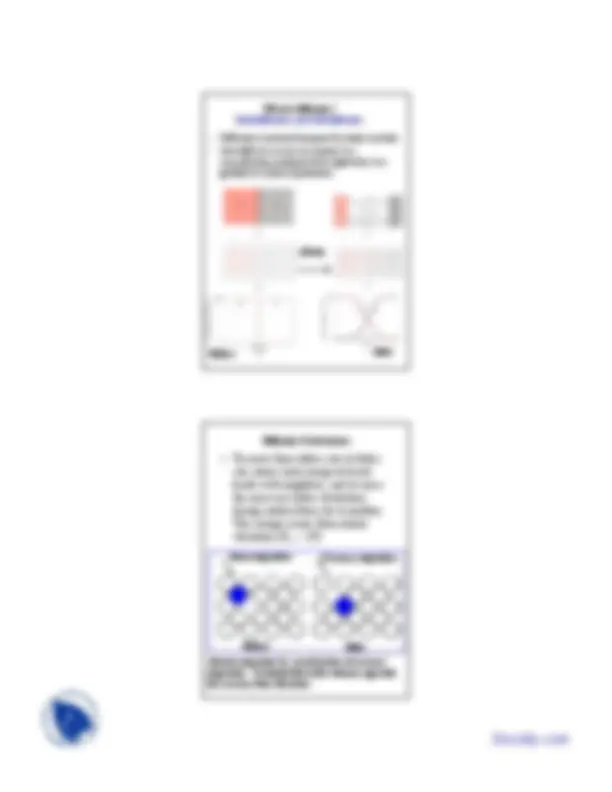
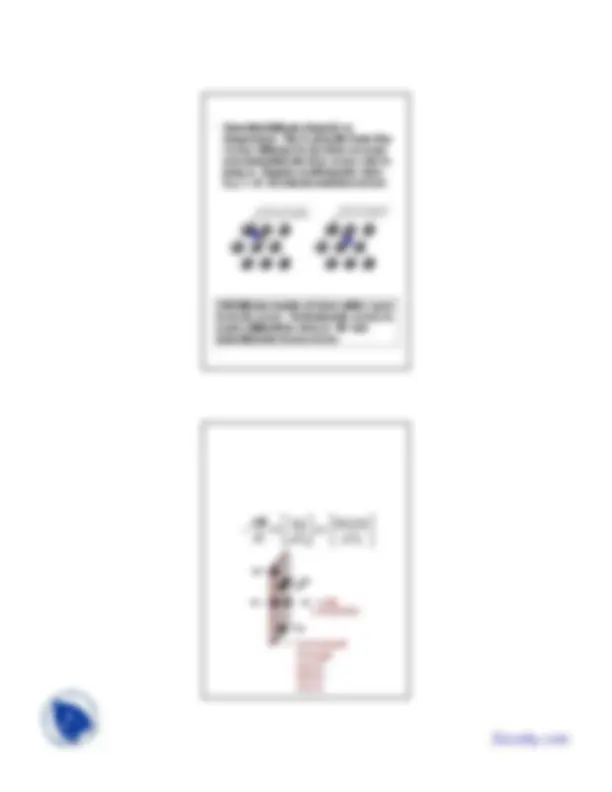
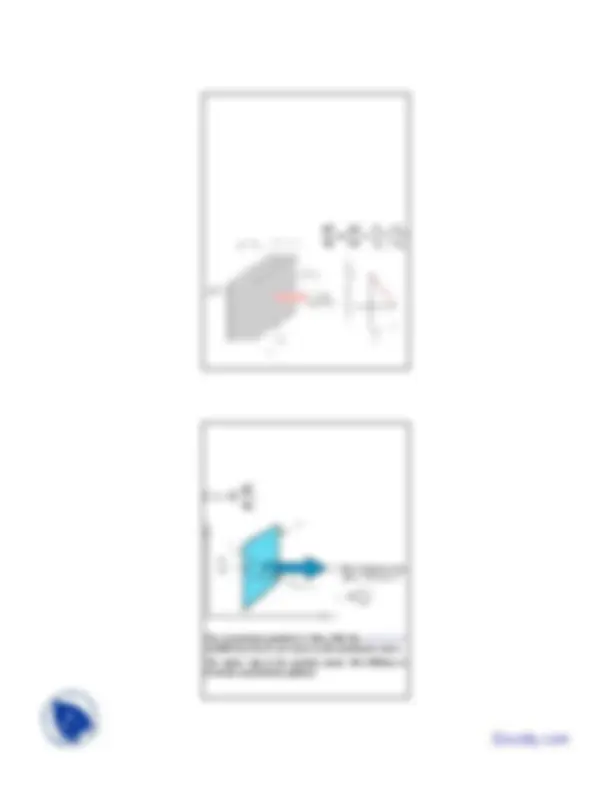
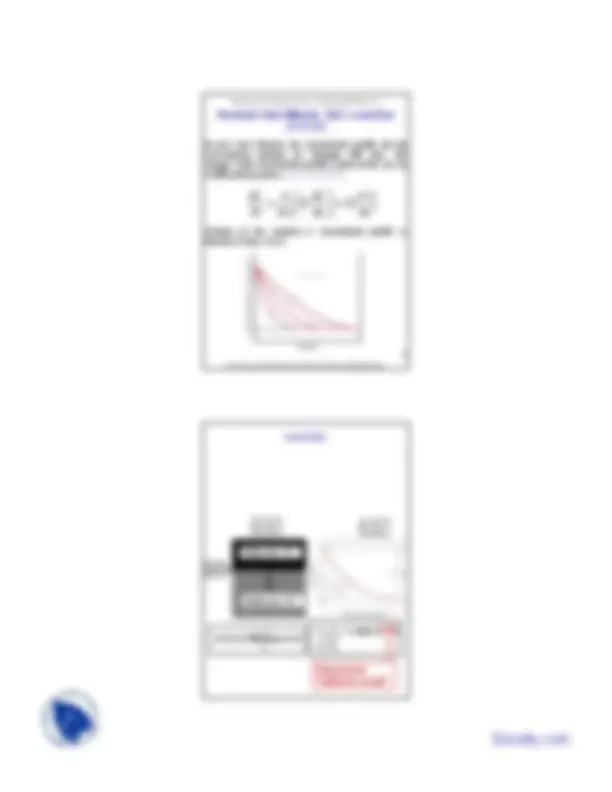
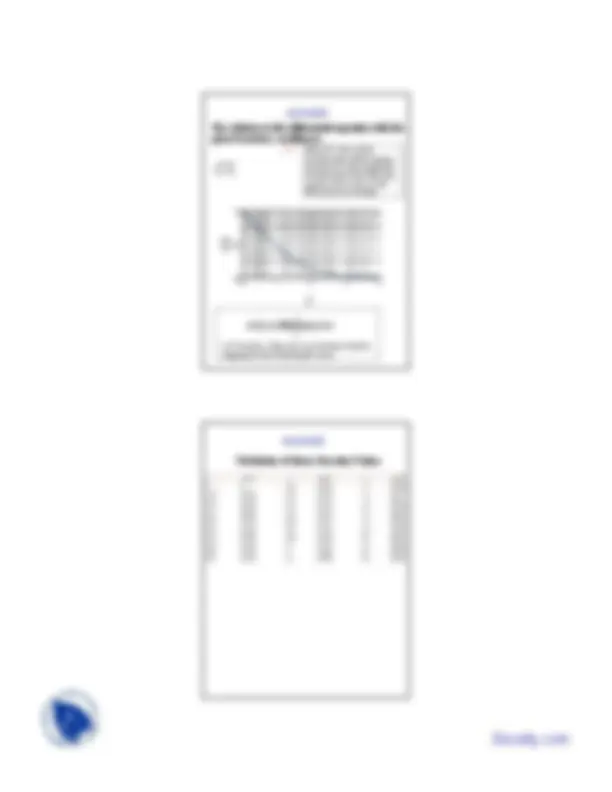
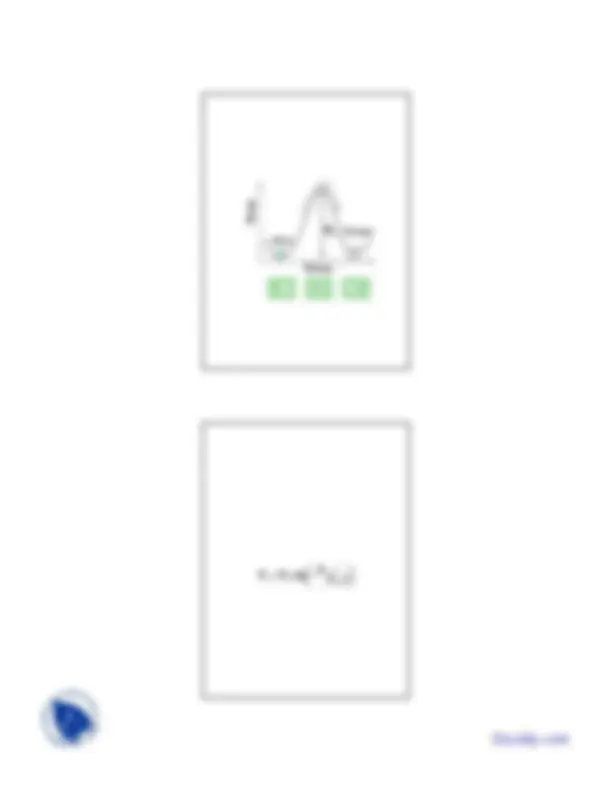


Study with the several resources on Docsity

Earn points by helping other students or get them with a premium plan


Prepare for your exams
Study with the several resources on Docsity

Earn points to download
Earn points by helping other students or get them with a premium plan
Community
Ask the community for help and clear up your study doubts
Discover the best universities in your country according to Docsity users
Free resources
Download our free guides on studying techniques, anxiety management strategies, and thesis advice from Docsity tutors
These are the Lecture Slides of Material Science for Engineers which includes Structure of Wood, Moisture Content, Density of Wood, Mechanical Properties of Wood, Expansion and Contraction of Wood, Concrete Materials, Properties of Concrete etc. Key important points are: Diffusion, Diffusion Mechanisms, Diffusion Equations, Diffusing Species, Fick’s Second Law, Interstitial Diffusion, Vacancy Diffusion, Host Solid, Material Transport, Diffusion Mechanisms
Typology: Slides
1 / 12

This page cannot be seen from the preview
Don't miss anything!







Goals: Diffusion - how do atoms move
through solids?
Introduction To Materials Science FOR ENGINEERS, Ch. 5
University of Tennessee, Dept. of Materials Science and Engineering
3
Diffusion is material transport by atomic motion.
Inhomogeneous materials can become homogeneous by
diffusion. For an active diffusion to occur, the temperature
should be high enough to overcome energy barriers to
atomic motion.
What is diffusion?
k : Boltzmann’s constant
(1.38x
- J/K or 8.62 x 10 - eV/K)
T: Absolute temperature (Kelvin)
Position of interstitial Atom before diffusion
Position of interstitial Atom after diffusion
Self diffusion (motion of atoms within a pure
host) also occurs. Predominantly vacancy in
nature (difficult for atoms to “fit” into
interstitial sites because of size.
temperature). This is generally faster than
vacancy diffusion because there are many
more interstitial sites than vacancy sites to
jump to. Requires small impurity atoms
(e.g. C, H, O) to fit into interstices in host.
2
2
x-direction
Unit area A
through
which
atoms
move.
A B
A B
x x
x
dx
dC
The concentration gradient is often called the driving force
in diffusion (but it is not a force in the mechanistic sense).
The minus sign in the equation means that diffusion is
down the concentration gradient.
Determine activation energy, Qd:
D=DO exp(-Q (^) d/kT), lnD=[ln Do ]-Q (^) d/kT,
Graph of ln D vs. 1/kT has gradient of -Q (^) d, intercept ln
Do
Plot of the logarithm of the diffusion coefficient versus the 1/T for Cu in Au.
Diffusion Coefficient
Plot of the logarithm of the diffusion
coefficient vs. the reciprocal of the absolute temperature for several metals.
Diffusion Properties for Several Materials
Introduction To Materials Science FOR ENGINEERS, Ch. 5
University of Tennessee, Dept. of Materials Science and Engineering
15
In most real situations the concentration profile and the
concentration gradient are changing with time. The
changes of the concentration profile is given in this case by
a differential equation, Fick’s second law.
Nonsteady-State Diffusion: Fick’s second law
(not tested)
Solution of this equation is concentration profile as
function of time, C(x,t):
2
2
Solute conc. = Cs
Solute conc. = Co
t = 0
x=
Cx-Co = 1-erf(x/2√Dt)
Cs -Co
Characteristic
“ Diffusion Length ”
erf (z) = (2/ √π ) ∫ exp(-y^2 ) dz 0
z
t > 0
(not tested)
Atom
E (^) m Vacancy
Distance
Energy
kT
R R exp B
m j 0
kT
R R exp B
m j 0
kT
P C.N.exp B
v
^ =
−
≈ − kT
Q exp kT
E D C.N.Raexp B
V B
(^2) m 0
( )
kT
D exp kT
D exp B
d 0 B
m V 0
Temperature dependence of the diffusion coefficient,
follows the Arrhenius dependence.
Self-diffusion coefficients for Ag depend on
the diffusion path. In general the
diffusivity is greater through less restrictive structural regions.